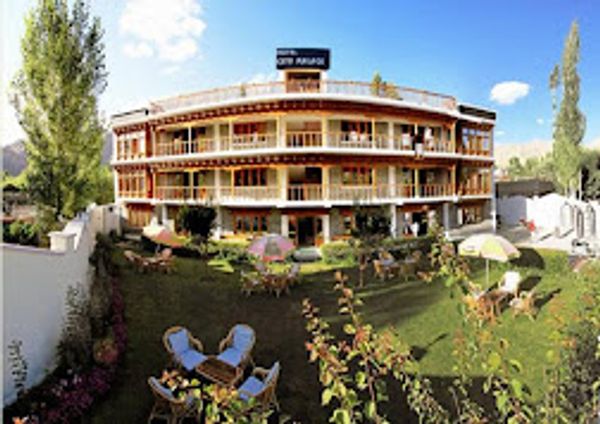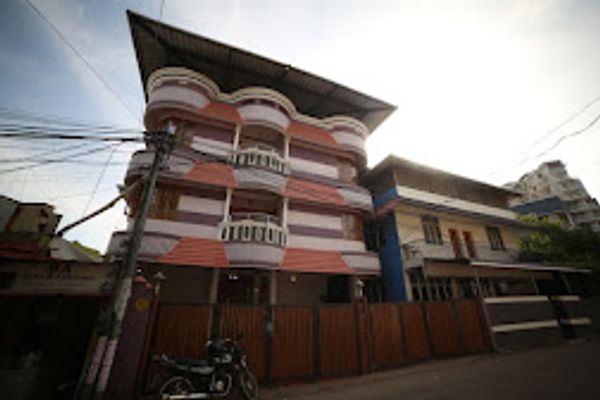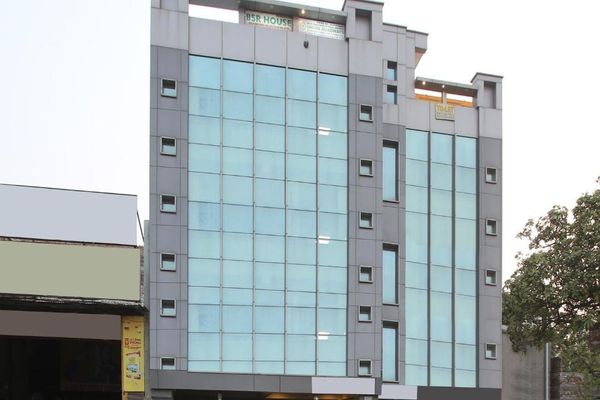Kudremukh Trek: Discover the Hidden Paradise of the Western Ghats
 Palakshi Meharwal
06 May, 2025
11 mins read
364
Palakshi Meharwal
06 May, 2025
11 mins read
364

Tucked within the verdant expanse of Karnataka’s Chikkamagaluru district lies Kudremukh—a name that translates to “horse face†in Kannada, inspired by the mountain’s distinctive silhouette. As part of the Western Ghats, a UNESCO World Heritage Site, the Kudremukh Trek offers a perfect blend of biodiversity, scenic beauty, and adventure, attracting nature lovers, trekkers, and photographers alike.
If you’re in search of a trail that combines misty mountain peaks, dense forests, and rolling meadows, Kudremukh may be your ideal trekking destination.
Overview: Why Kudremukh Stands Out
Kudremukh Peak, soaring to 1,894 meters (6,214 feet), is the third-highest mountain in Karnataka. The trail to the summit traverses the Kudremukh National Park, one of the most ecologically sensitive zones in the Western Ghats. This park serves as a habitat for endangered species like the lion-tailed macaque and Malabar civet, along with over 190 species of birds.
What sets Kudremukh apart is its harmonious mix of tropical evergreen forests, grasslands, and rivers that together create a visually stunning and ecologically rich environment. The trek provides both the thrill of physical endurance and the calm of nature immersion.
How to Reach Kudremukh
The starting point of the trek is typically the village of Mullodi, located near Kalasa town. Here’s how you can reach it:
- By Air: The nearest airport is Mangalore International Airport (around 100 km from Kalasa). From there, you can hire a cab or take a local bus.
- By Rail: The closest major railway station is in Mangalore.
- By Road: Kalasa is well-connected by road. Regular buses operate from Bengaluru, Mangalore, and Chikkamagaluru.
From Kalasa, local jeeps transport trekkers to Mullodi village, where the actual trek begins.
Permits and Regulations
Since Kudremukh lies within a protected forest area, trekkers must obtain permission from the Forest Department. These permits are usually arranged through local homestays or guides, who also ensure compliance with park regulations, such as limiting plastic waste and avoiding off-trail hiking.
A certified guide is mandatory, which not only enhances safety but also provides deeper insights into the flora and fauna encountered during the trek.
The Trekking Trail: What to Expect
The Kudremukh Trek is approximately 20-22 km (round trip), and is generally considered moderate in difficulty. Here's a breakdown of the trail experience:
Mullodi Village to Ontimara (The Lone Tree)
The trek begins gently through coffee plantations and narrow dirt paths. Within the first hour, you reach Ontimara—literally “lone treeâ€â€”a spot that offers the first panoramic view of the surrounding valleys.
Ontimara to Forest Stretch
From here, the trail dips into a dense forest canopy. Expect to cross multiple small streams, especially during and after the monsoon season. The forest is alive with the chirping of birds, rustling leaves, and the occasional monkey sighting.
Forest to Final Grasslands
Exiting the woods, you’ll enter a vast meadow that stretches toward the peak. This portion can be windy and sun-exposed, so trekkers should carry sun protection and water. The gradual incline begins to test stamina, but the views compensate with sweeping vistas of undulating green hills.
The Summit
The summit of Kudremukh offers a panoramic reward—mist-laden peaks, cloud cover swirling below, and a sense of accomplishment. On clear days, you might even catch a glimpse of the Arabian Sea glistening in the far distance.
Flora and Fauna: A Living Laboratory
Kudremukh is a biodiversity hotspot. The trek takes you through moist deciduous and evergreen forests brimming with unique plant species, medicinal herbs, and orchids. The grasslands are interspersed with bamboo clusters and shola forests.
Wildlife sightings may include sambar deer, barking deer, and occasionally the elusive leopard. The region is particularly rich in birdlife, with frequent sightings of hornbills, flycatchers, and the endemic Nilgiri wood pigeon.
Best Time to Trek
- Monsoon (June to September): The forest is lush, waterfalls gush at full capacity, and the hills turn emerald green. However, the trail becomes slippery, and leeches are common.
- Post-Monsoon (October to February): This is the most popular season. The weather is cool and visibility is high, making it perfect for both trekking and photography.
- Summer (March to May): Though the region is cooler than the plains, the heat can be exhausting. However, fewer crowds make this a peaceful time to visit.
Where to Stay
Most trekkers stay in local homestays in and around Mullodi village. These accommodations are basic but clean, offering home-cooked food, warm hospitality, and local knowledge. Not only does this support the local economy, but it also enriches your cultural experience.
What to Pack
- Comfortable trekking shoes with good grip
- Reusable water bottles or hydration packs
- Raincoat or poncho (especially during monsoon)
- Hat, sunglasses, and sunscreen
- Dry snacks and energy bars
- A light backpack (avoid carrying unnecessary weight)
- Basic first aid and any personal medication
Eco-Tourism and Conservation Efforts
Kudremukh National Park has seen extensive conservation initiatives due to its rich biodiversity and ecological importance. Mining activity, which once posed a severe threat to the region, was halted in 2005 after decades of environmental advocacy.
Today, eco-tourism provides a sustainable alternative. Responsible trekking, low-impact practices, and community-based tourism models are crucial to preserving Kudremukh’s delicate ecosystem. Visitors are encouraged to follow Leave No Trace principles: pack out all garbage, avoid disturbing wildlife, and stick to marked trails.
Tips for a Safe Trek
- Hire a local guide; they know the terrain and can offer valuable insights.
- Start the trek early in the morning to return before nightfall.
- Keep your mobile charged, though signal is sparse after Mullodi.
- Always check weather forecasts—conditions can change quickly in the mountains.
- Respect local customs and wildlife.
Final Thoughts
The Kudremukh Trek is more than just a hike—it's an immersive experience into the untouched heart of the Western Ghats. Whether you’re a seasoned trekker or a nature enthusiast seeking solitude, Kudremukh offers a rare blend of adventure, serenity, and ecological awareness.
Treading through its mossy trails and standing atop its breezy summit, you'll come to understand why so many refer to it as a hidden paradise. Just remember: while the mountains belong to no one, it is everyone’s responsibility to preserve their beauty.
Written By:
Palakshi Meharwal



Hotels at your convenience
Now choose your stay according to your preference. From finding a place for your dream destination or a mere weekend getaway to business accommodations or brief stay, we have got you covered. Explore hotels as per your mood.


